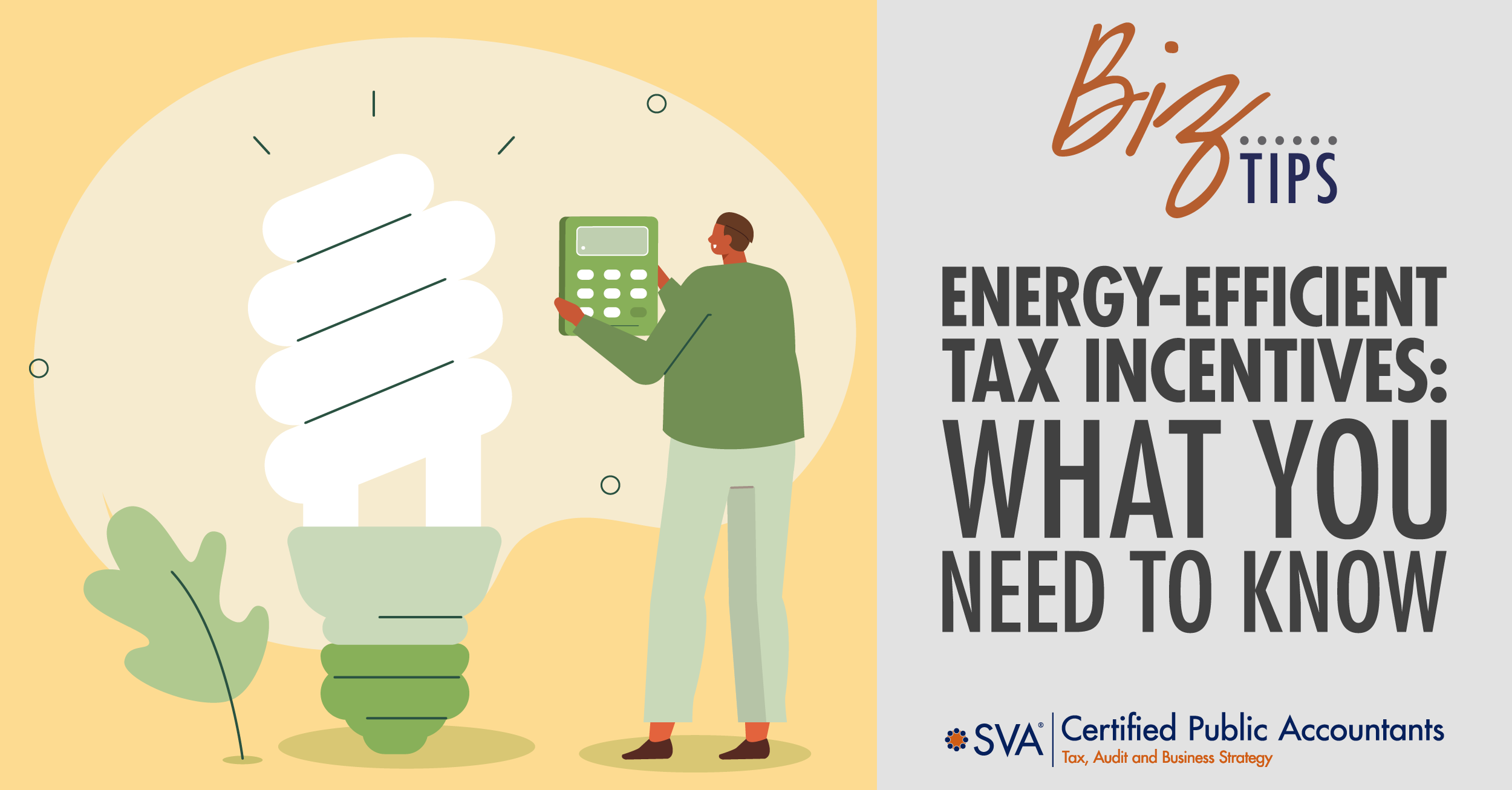Developers and investors in the housing sector have a complex but potentially rewarding opportunity in the energy tax incentives included in the Inflation Reduction Act (IRA).
Carefully evaluating the costs, benefits, and long-term implications of these incentives can enhance the sustainability and efficiency of your projects while also navigating the financial challenges posed by the current economic environment.
There are three major incentives to focus on: the 45L credit, 179D deduction, and solar energy credits.
(Download Video Transcript)
3 Major Energy Tax Incentives in the IRA
45L Residential Energy Efficiency Credit
The 45L credit is a per-unit incentive designed to reward developers for meeting certain energy-efficiency benchmarks. For single-family homes, the credit can be worth up to $5,000 per unit (increased from the previous $2,500), depending on the energy-efficiency requirements met, the number of stories, and home type.
Buildings must meet ENERGY STAR® guidelines to be eligible for the $2,500 tax threshold and must achieve Zero Energy Ready Home requirements to meet the $5,000 threshold. Multi-family homes also have options based on the level of energy efficiency, and whether prevailing wage and apprenticeship requirements are met.
Builders must also obtain certification from a qualified third party, such as a licensed engineer or contractor, who confirms through testing that the property meets or exceeds the energy-efficiency requirements.
Leveraging this credit requires careful planning and consideration of the upfront costs associated with implementing energy-saving technologies and designs. The potential return on investment through tax credits, along with the growing market demand for energy-efficient homes, makes the 45L credit an attractive option for builders and developers to consider.
179D Commercial Buildings Energy Efficiency Tax Deduction
The 179D deduction offers a per-square-foot deduction of taxable income for commercial buildings that incorporate energy-efficient designs and constructions.
Starting from January 1, 2023, both the owners of commercial buildings and the designers who work on energy-efficient projects for tax-exempt organizations (such as government entities or nonprofits) can get this tax deduction. Improvements must meet specific standards set by the American Society of Heating, Refrigerating, and Air Conditioning Engineers (ASHRAE), to reduce energy and power costs by at least 25% compared to a standard reference building. The systems considered for this deduction include interior lighting, heating, cooling, ventilation, hot water, and building envelope.
The 179D deduction starts at a base of $0.50 per square foot for 25% energy savings and goes up to $1.00 per square foot for 50% energy savings. If local prevailing wage and apprenticeship requirements are met, an increased maximum deduction of five times the savings per square foot amount applies.
A detailed energy simulation must be performed by a qualified professional to demonstrate that the required energy cost savings have been achieved to be eligible for the deduction. The IRS requires that the certification process includes on-site verification of the energy-efficient features.
This deduction applies to commercial buildings of any size, including new constructions, renovations, and existing buildings undergoing retrofitting to improve energy efficiency. Designers and builders of government-owned buildings (such as schools, courthouses, and public offices) are also eligible to claim the deduction for their projects.
Section 48 Solar Energy Investment Tax Credit
Solar energy credits represent another way for developers to reduce costs. Previously on a phase-out track, the IRA has revitalized these credits with a base credit percentage of up to 30% on solar equipment costs, plus the potential for various bonuses (each worth an additional 10% to 20% credit) for meeting specified criteria.
It is important to understand that certain bonus amounts must be applied for through a formal application process, while others are available so long as the underlying criteria for such bonuses have been met.
In addition, the IRA also made changes in the transferability and direct pay of these credits. Transferability allows project owners to transfer some tax credits to other taxpayers, enabling the project owners and developers to simplify financing for their projects and create an additional mechanism to monetize the credits. Direct pay allows income tax-exempt entities, like nonprofits, to take advantage of clean energy tax credits. Those eligible can claim the equivalent amount of the credit in the form of a direct payment from the IRS.
The decision to pursue these incentives is not straightforward and hinges on several critical factors, including the nature of the development and the profile of the eventual owners. The case of solar energy tax credits illustrates this dilemma well: while the upfront cost of solar installations may be offset by the credit, the long-term cost savings, especially in terms of utility expenses, need careful consideration. Developers must weigh the immediate financial outlays against potential long-term benefits, including reduced utility costs and environmental impact.
The pursuit of higher energy standards is not without its challenges. Advanced, super-efficient HVAC systems, while beneficial for energy savings, may require specialized maintenance that can introduce additional costs and delays.
Inflation Impacts
Inflationary pressures and increased interest costs that have characterized recent economic conditions add another layer of complexity to the decision-making process. Energy tax incentives, in this context, emerge as vital tools for developers to mitigate these financial pressures, enabling them to pursue sustainable and energy-efficient projects despite the challenging economic landscape.
SVA is well-versed in these credits and deductions and can work with you to determine the best options for you. Contact us to learn more about how we can help!

©2024 SVA Certified Public Accountants

